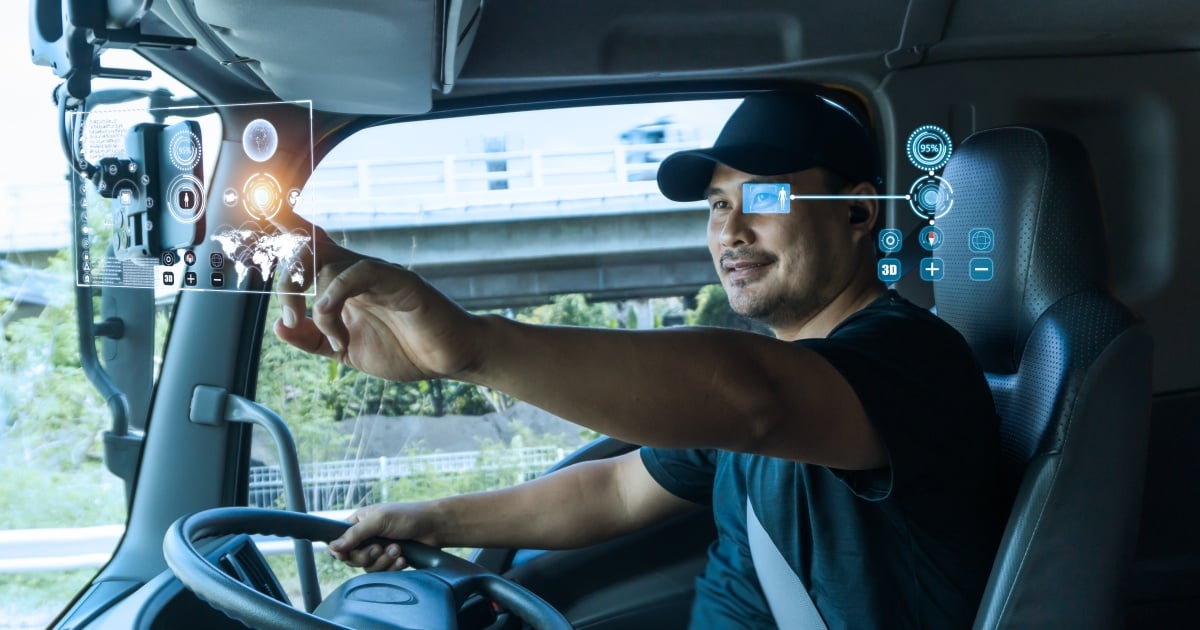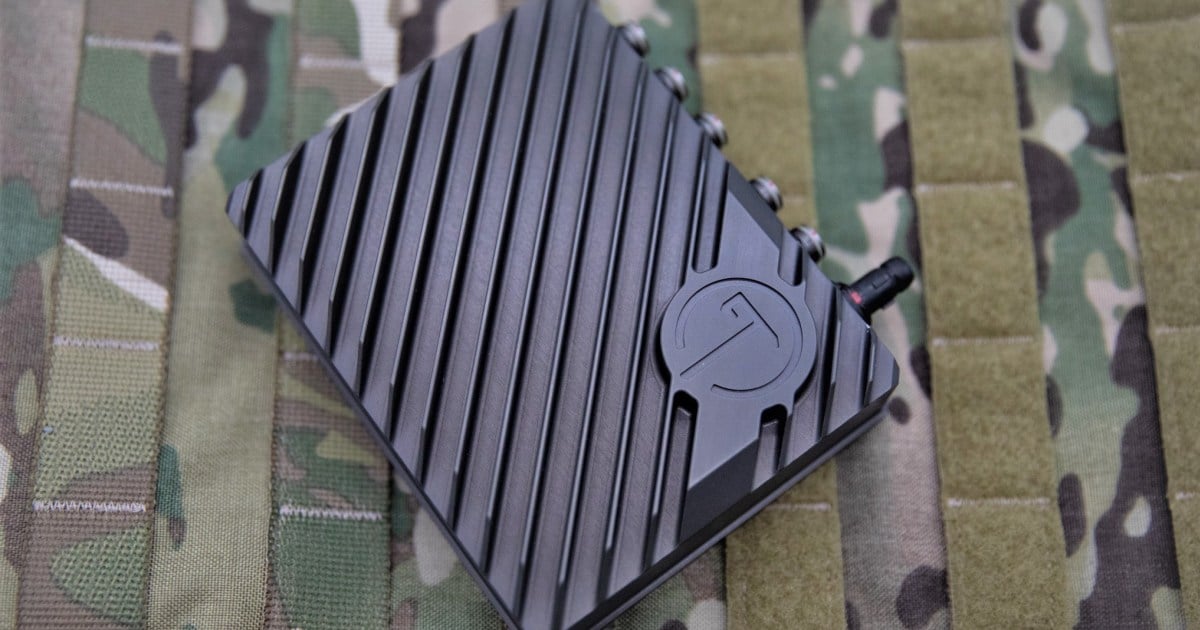Leading up to LiveWorx in Boston June 6-9, James Brehm & Associates sat down with Scott Johnson, CEO, Devicify, to discuss the company’s recent pivot, the challenges happening in IoT, and how it’s going to come together in the future. IoT sprung from the roots of M2M communications and has firmly taken hold across a multitude of markets. While many are still focusing on the IoT’s potential for disruption and increased business value, few are able to get their projects off the ground. Johnson goes beyond the potential to focus on what can be done now and how Devicify is taking lead in making IoT a reality today.
(Editor’s note: this is the first in a three-part series. Click here and here for the other parts.)
Deuley: Can you tell us about your personal background in Tech and how Devicify came about?
Johnson: My background in Tech began in product manufacturing. That product company had excelled with a best of breed hardware product, but we soon realized it wasn’t enough and began to experience commoditization. As a result, we added a connectivity layer, which really started a transformation. This was about 10 years ago, so essentially, we were the vanguard to IoT, before it was IoT. One of the things most different about our effort at the time was that, instead of using the connection to increase efficiencies or to reduce costs, we were creating a new revenue stream. Whether we were introducing remote management or reporting, it was different than the normal type of evolution and was a new way to deploy some of these technologies. After adding the connectivity layer and collecting the data, we were faced with the much harder task of figuring out how to apply it to the business and to scale. This experience was the catalyst that led to Devicify because we realized there wasn’t a vendor in the market that was properly addressing the challenges we had experienced.
Deuley: Devicify recently repositioned itself in the industry, can you tell us what brought you to that decision and what it’s impact has been?
Johnson: Interestingly, the transition is more about how we are communicating what it is we do. Devicify is fundamentally delivering the same value with the same business proposition—but, it’s addressing the need for business context, that most of the market has yet to address. Currently, everyone is being sold on potentials, dreams, and possibilities. Part of the challenge is explaining the challenges that Devicify addresses in terms that people are familiar with today.
Devicify’s greatest uniqueness is, perhaps, that it can actually deliver on those possibilities right now. We are a many-to-many application, allowing customers to merge the necessary IoT technologies with the businesses processes that must be employed by them. So, at a time when everyone is saying the same thing, Devicify’s key differentiator is our unique ability to cohesively deliver the package today. One of the things Devicify excels at is its ability to support the rich variety at the edge. The value that we provide harnesses the possibilities of IoT, making us a good enabler to some of those numerous technologies, platforms, cloud networks, storage environments, and systems integrators—the whole ecosystem, really.
Deuley: Ultimately, what is your vision for Devicify, and how does it fit in with the vision for IoT?
Johnson: My vision for IoT is that once we, as consumers and businesses, realize how pervasive connecting the things around us can be and how big of a change can make for us, it will be a world where we move from a series of best guesses to a place where we know what the outcomes will be. In order to do that, thinking in terms of IoT needs to become our way of doing business and living.
My hope is that Devicify becomes a way for companies to achieve that business, but to do that, we must make it possible for our existing methods and systems to tap into and harness the IoT. Devicify essentially allows products to talk business by normalizing the communications across what is often a fragmented product space, while doing so in a more linear, repeatable fashion so businesses can scale. That ease of scalability is a big missing piece to making IoT just the way we do things.
Click here for Part 2 or Part 3.
Edited by
Ken Briodagh





